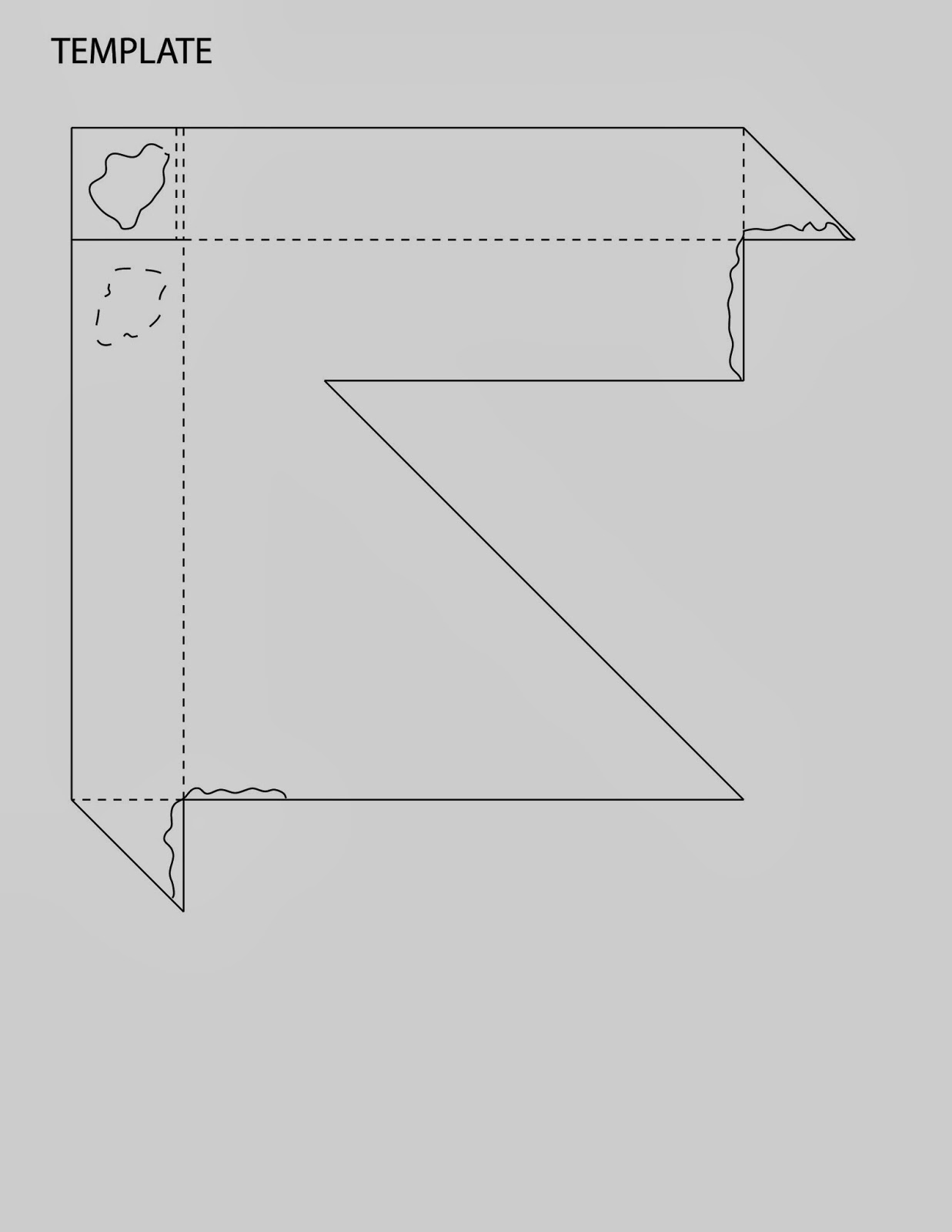 Why do I need this Circle Centre Finder?
Why do I need this Circle Centre Finder?Well, Charlie, I need this so I can accurately drill out the centre of my Delrin endcaps that I am installing on my solid motor mounts. These endcaps are a fail-safe in the case that the solid rubber tries to push out of the motor mount.
But really, this tool will be useful for finding the centre of any object, not just a circle. It can work with non-circles too like ovals and squares.
To the left you will see the final motor mount I built using this circle centre finder tool and my home made drill-press. Pretty right? You may also notice that the small motor mount in the front has an off-centre sleeve. The circle centre finder tool is only good for finding the exact centre of an object. Anything off-centre requires a bit of math, or a template, so the larger motor mount endcap was the only one I used this circle centre tool with.
Now you may ask yourself,"When was this centre finder contraption invented?"
Back in the day, when wagon builders had to make wagon wheels, finding the exact centre was a hit or miss practise. With wobbly off-centred wheels the pioneers ventured forth into the unknown wilderness. It may have been easier if finding the centre of the wheel for the axle wasn't an impossible task. Pushing forward into the frontier, and wild west was a bum-damaging proposition. There had to be a better way, but everyone back then was either drunk, or constantly fighting off invaders from taking over their prized acre of potatoes and corn.
It was only until the industrial revolution that a solution could be invented. With the wild-west won, and with families making crap loads of money from working 20 hours a day in the factories in the city, people could afford butlers then, and with those 4 hours a day of relaxation away from the factory, people could think of inventing things to find the centre of a circle.
Now, this history I just supplied is completely false, but, someone at one point in time had to invent a way to find the centre of a circle. This is especially important for someone working on the lathe, spinning lengths of wood or metal at high speed and widdling down the edges to create perfect cylinders and baseball bat shaped things.
So who was it? The inventer was Rod Bar Circle Centre-Finder or RBC as his friends used to call him. Again, I'm messing with you. I honestly don't know who invented the circle centre finder, but I'm sure the internet has many, many, many histories, mainly all fake ones, just like mine. The history is not what is important (at least to me), but really, what is, is how we can now find the centre of a circle without a lot of math and measuring.
I have a friend who has a small circle centre finder made by Veritas that was sold in Lee Valley Tools back in the day. They didn't have the exact tool that he showed me now, but they did have a wall mounted unit specifically for wood Veritas Circle Finder. As you all know, I am not in work at the moment (I'm looking hard though), so using 25 dollars to purchase this item was out of the question.
I did study it, and learned its magical properties though. Once I learned, I decided to build. But being a good designer, I sketched things out first, then built a template.
So let's begin then in making your own Circle Centre Finder.
Print out my template and instruction sheet. It prints out on an 8.5" X 11" sheet.
 |
| Template-Cut the solid lines(except for the squiggly lines that's where you glue) Fold the dashed lines. |
 |
| Instructions |
- My template and instructions.
- Melton Board or any other material you feel confident in working with.
- Utility Knife and ruler or any cutting tool to cut your material of choice accurately.
- Hot glue gun or any other adhesive depending on your material of choice
- Non shaky hands for accuracy or rock solid hands, depending on your material of choice.
You need to have some sort of material that is rigid to avoid flexing when you are using it. Flex is bad because with flex, comes inaccuracy to finding the centre. Your material of choice also needs to be easy enough to work with so you can cut out the template and fold it properly with very close precision.
I used Melton Board. This is a fairly cheap mounting board that I used a lot during my college years to mount my projects to. It is very sturdy, easy to cut and glue, and simple to bend if you score the surface.
How to Use the Super Cool Circle Centre Tool.
 |
Step 1.
Place object that you need to find the centre of so it is pushed tight against the 2 walls of the tool.
|
 |
Step 2.
Flip over the tool, making sure to keep the object in place so it does not move around. If it does move, even the smallest amount, go back to Step 1 and start over.
|
 |
Step 4.
Now you have intersecting lines, and where those lines intersect, is the centre of the object.
Behold the majesty of knowing where the centre is.
|
 |
Step 5.
Do whatever you needed to do with the centre of the object.
|
It's as simple as that.
Can you smell it? I can almost smell the burning smell of rubber from locked brakes. It's almost Autocross season!!! Which means I have a lot of prep to do.


